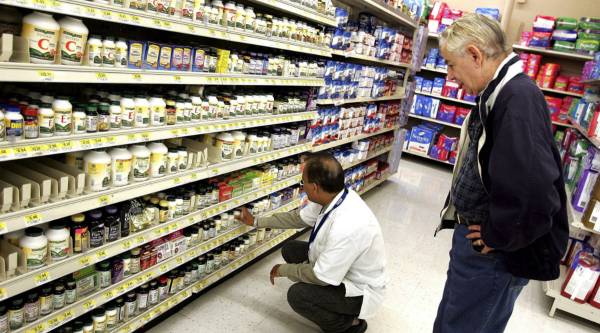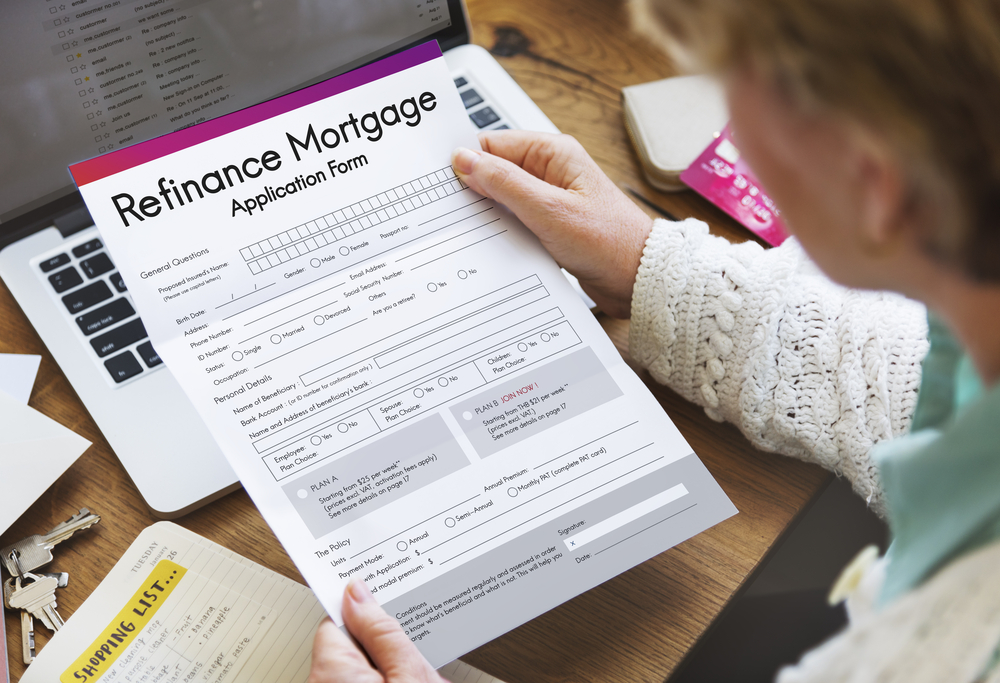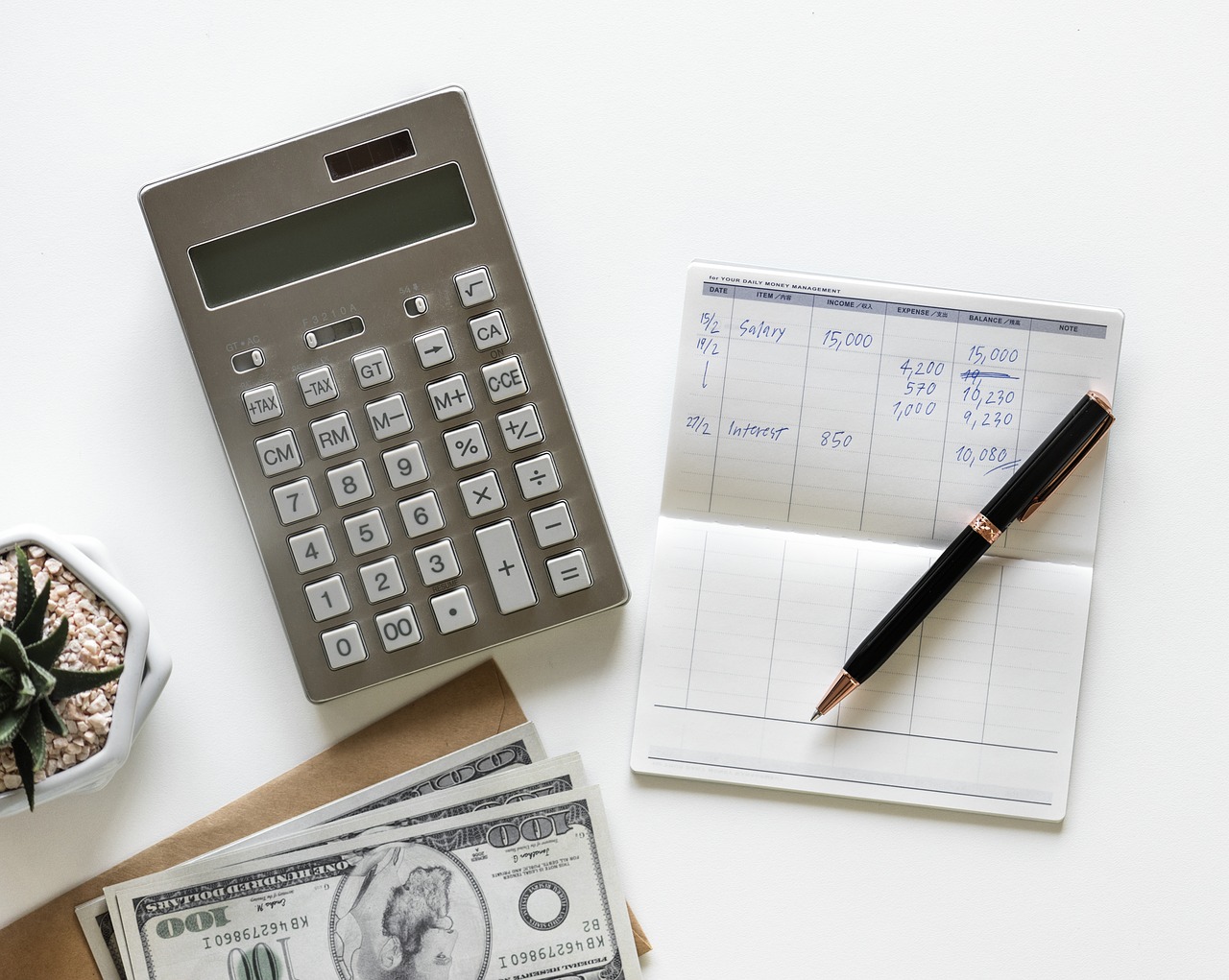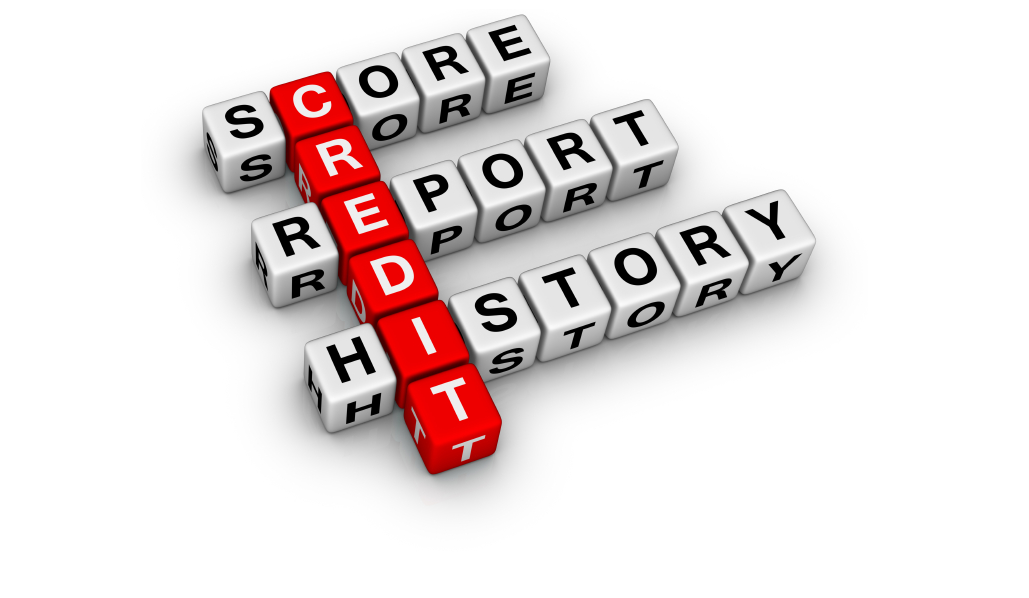How to Use Pharmacy Discounts & Manufacturer Savings Cards
You’re ready to pick up your prescription at the pharmacy. But how expensive will it be? And is there anything you can do to save money? Click below and start your search!
 Let’s discuss how to use pharmacy discount coupons and manufacturer savings cards to help you save on the medications you need. First, what’s the difference between pharmacy discount coupons and manufacturer savings cards?
Let’s discuss how to use pharmacy discount coupons and manufacturer savings cards to help you save on the medications you need. First, what’s the difference between pharmacy discount coupons and manufacturer savings cards?
Pharmacy discount coupons
Pharmacy discount coupons, like the ones you’ll find on GoodRx.com, can save you up to 80% off of the cash price of a prescription. They work especially well if you don’t have health insurance, but even if you do have insurance, these kinds of coupons can provide savings.
For example, if you have insurance, these coupons can reduce the cost of non-covered drugs or drugs with insurance restrictions like quantity limits and prior authorizations. Sometimes, the final price of a medication after a coupon can be lower than your insurance copay. And in some cases, you may be able to still contribute to your high-deductible health plan and use your employer-sponsored Health Savings Account (HSA).
GoodRx lists a wide variety of coupons, all of which are free with no obligations, contracts, or extra fees. You can use these coupons either by printing out the discount card on GoodRx.com or showing your pharmacist the coupon on the GoodRx app.
In addition to coupons from a variety of providers, GoodRx.com also shows you full cash prices of prescription medications at pharmacies in your area and prices from pharmacy memberships. That way, you can easily find out where to get the best price on your prescription.
Don't miss out on savings!
Manufacturer savings cards
Manufacturer coupons, on the other hand, are coupons issued directly by a drug manufacturer. These are generally for new drugs or drugs that are only available as brand-name medications. However, like pharmacy discount coupons, manufacturer savings card can also be helpful to people who need patient assistance and/or don’t have insurance, lowering the price of some medications to as little as $0.
Examples of expensive drugs that currently have manufacturer coupons include diabetes drugs Invokana and Jardiance, blood pressure medication Bystolic and medicated eye drops Restasis.
While manufacturer savings cards can significantly reduce your out-of-pocket cost, be aware that they can come with strings attached. Here are some examples of downsides:
- You can’t use them if you have Medicare or any federal- or state-run insurance.
- They generally have limitations to how much you can fill in a specific time period.
- They cannot be used indefinitely, so you may be stuck after six months or a year.
- They often require that you provide medical information to the manufacturer.
- Most manufacturer coupons are billed secondary to primary insurance, and you may not be able to use them if you aren’t insured.
It’s important to note that while manufacturer coupons can reduce your copay, manufacturers still charge your insurance company as if you paid it in full. So in the end, your insurance company can end up paying more. This could ultimately lead to higher premiums and greater cost to the healthcare system as a whole.
Tips on how to use them
Pharmacy discount coupons and manufacturer savings cards can be confusing if you haven’t used them before. Here are some tips to help you have a smooth transaction and get the best deal:
1) Always start by asking your doctor what the drug is for and if there’s a cheaper alternative.
For example, if you are prescribed Crestor for high cholesterol, in many cases, you may be able to switch to generic atorvastatin (Lipitor) or simvastatin (Zocor). Crestor can cost more than $170 for a month’s supply even with a coupon, whereas generic atorvastatin can cost as little as $9.
2) Find out what your copay will be, but be patient.
If you have insurance, the only way for you to find out what your copay will be is for your pharmacy to process your prescription through your insurer. The same applies for prices after coupons or discounts. Wait a couple of minutes after dropping off your prescription to find out how much it will cost and if any issues need to be resolved.
3) Read the fine print.
Manufacturer coupons often require activation before use, and many require that you already have health insurance. Some may even use your health information to send marketing materials to you. So know what you’re getting into. If you have insurance, remember that your plan or employer could end up covering the difference in cost, rather than the manufacturer.
4) Savings from pharmacy discount coupons can vary.
Different coupons offer different discounts. GoodRx collects a wide variety of coupons and shows you the one with the biggest discount for your prescription—but prices are regularly updated. Check back when refilling your prescription to confirm that the coupon you’re using is the best one for your specific prescription.
5) Use all the resources available to you and be informed!
Do your research on your prescription, alternative medications, discount cards and coupons. Find out if you meet the requirements of a savings program, and if not, what alternatives are available to you.
Remember, in most cases the pharmacist will know only as much as you do when it comes to coupons and discounts.
I hope these tips can help you save on your prescriptions!
This Article was Originally Published on GoodRx.com








